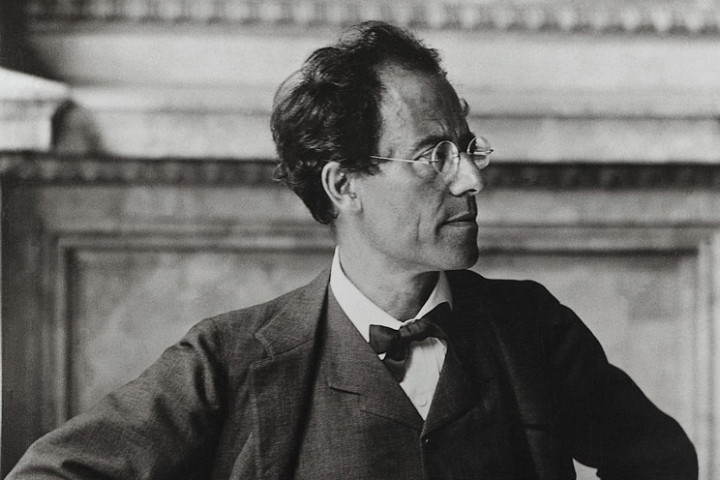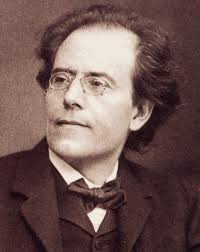Gustav Mahler, a towering figure in late 19th and early 20th-century classical music, was born on July 7, 1860, in Kalischt, Bohemia (now Kaliště, Czech Republic). He was the second of fourteen children in a Jewish family, and his early exposure to music came from his parents, who recognized his prodigious talent. At the age of four, Mahler began piano lessons, showcasing an innate musical ability that would shape his future.
Mahler’s formal education in music commenced at the Vienna Conservatory in 1875, where he excelled in composition and piano. He struggled with poverty during this period but persevered, earning a conductor’s post in the provincial town of Bad Hall. His career gained momentum when he secured positions in prestigious theaters in Laibach (now Ljubljana, Slovenia) and Olomouc, showcasing his aptitude for conducting.
In 1888, Mahler transitioned to the renowned Leipzig Opera, marking the beginning of his rise to international prominence. His tenure in Leipzig was marked by innovative programming and a commitment to contemporary works. However, conflicts with the conservative musical establishment led him to move to Budapest in 1889. There, he assumed the directorship of the Royal Hungarian Opera, solidifying his reputation as a forward-thinking conductor.
Mahler’s pivotal moment came in 1897 when he accepted the prestigious position as the director of the Vienna Court Opera. This marked a turning point in his career, providing financial stability and artistic freedom. Despite facing anti-Semitic sentiment, he transformed the opera house into a renowned institution, introducing groundbreaking productions and championing the works of Wagner and Mozart.
Parallel to his conducting career, Mahler was an accomplished composer. His compositions, deeply rooted in late Romanticism, reflect his philosophical reflections on life, nature, and the human condition. His symphonies, often monumental in scale, are characterized by their emotional intensity and innovative orchestration. Notable works include the Symphony No. 2, known as the “Resurrection Symphony,” and Symphony No. 5, featuring the iconic Adagietto.
Tragically, Mahler’s personal life was marred by numerous hardships. The death of his eldest daughter Maria in 1907 and his own deteriorating health added to the emotional weight he carried. In 1911, he left the Vienna Court Opera and sought solace in composing his unfinished Symphony No. 10.
Gustav Mahler succumbed to bacterial endocarditis on May 18, 1911, at the age of 50. Despite facing critical indifference during his lifetime, Mahler’s compositions have since gained widespread recognition and admiration. His legacy endures through his impact on the symphonic genre, influencing generations of composers and musicians who continue to celebrate the profound emotional depth of his music.


Comments are closed